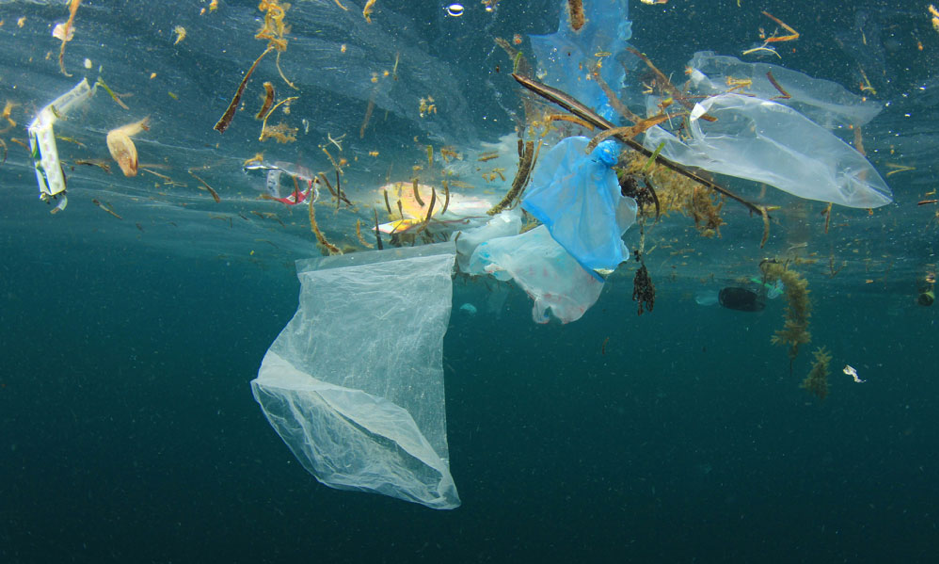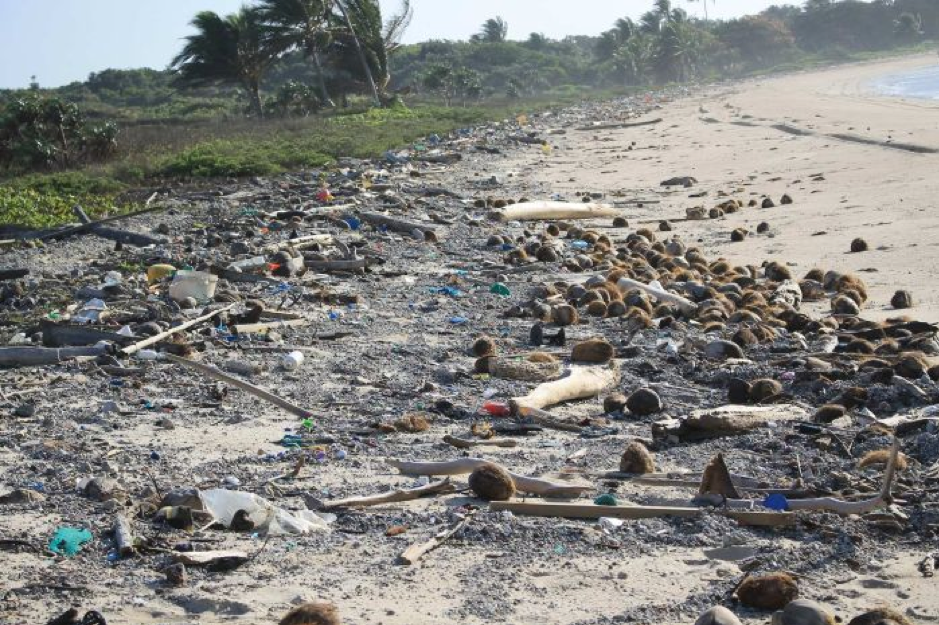Hundred years back the miracle material was invented and has made our lives easy, but can you imagine 60% of that material is choking our land, our waterways? Yes, plastic is that miracle material which is part of our everyday life. No one knows where those plastic bottles, cans, bags go after we dump them in bins. No one knows how much that plastic is recycled and how much is left in a pile of the dump as landfill and oceans.

Source: www.wwf.org.au
Penny, penny makes many!
Waste is becoming a foremost problem in Australia mainly because of population growth. Australia produces about 67 million tonnes of waste. The average person is generating more than 1.5 tonnes of rubbish and 170 plastic bags every year in Australia. It roughly equates to about 4 billion plastic bags used every year in Australia. However, 150 million plastic bags land in rubbish and only 3% is recycled while others land in landfills. There are around 600 registered landfill sites and probably 2,000 small unregulated ones. Can you believe this small percentage can have a huge impact on our planet?

Source: www.wastemanagementreview.com.au
Where does this come from?
The waste thrown categorise as household rubbish, commercial and industrial waste, and construction or demolition waste. The household waste comprises of metal, plastics, glass, cardboard, paper, solid waste, and food and garden waste. However, most of the waste can be used again, but it is usually thrown away after one use. The commercial and industrial waste come from stores, factories, offices and hospitals. Concrete, metals, timber and other building materials account for more than a quarter of solid waste. About $2.9 billion of fresh food is thrown away by people out of which $630 million is uneaten takeaway food, $241 million accounts for frozen food and $596 million for unfinished drinks. 11% of waste is plastic in household waste out of which 405 are plastic bottles. An estimate of 13 billion plastic bottles are discarded annually. Horrifying part is that the food waste mixed with other materials and create methane gas which is very dangerous for our environment.

Source: www.abc.net.au
Landfill - out of sight, out of mind
Over 8 million tonnes of plastics are dumped in oceans every year.
The improper way of disposal of rubbish is seriously affecting the natural environment, especially land and marine life. Every bit of plastic we made is out there somewhere; it can take hundreds of thousands of years to degrade down the single piece of plastic into smaller particles.
However, glass can take more than a million years to decompose. Glass and plastics land in landfills which is consuming the space. Both glass and plastic can be recycled rather than disposing off improperly. As a society we make huge efforts to enable our lives but become blind for the big hole in the ground where waste is buried- just out of our sight and out of our mind.
What are we building for future generations?
Australia is one of the highest producers of waste in the world. If we continue like this, the amount of plastic waste on our planet will be unbelievable. Plastic is an incredible material which is strong and last long; they are convenient, but the ugly truth is most plastics are often discarded as litter floating in oceans, in parks or by the side of roads and ultimately land up in landfills. When this waste breaks down in liquid form, that liquid is highly toxic and is polluting our land and groundwater. Moreover, plastic buried in landfill will always remain a problem for future generations as it breaks down at a very slow rate.
We want to give the best environment to the next generation, not toxic waste.
Plastic won’t disappear for years but together, we can fix this urgent problem now.
Together, we can take a stand against this issue and make a difference for our future generations.

Comments